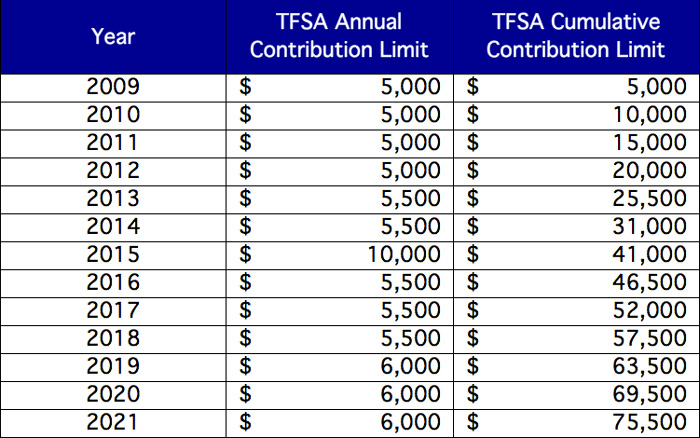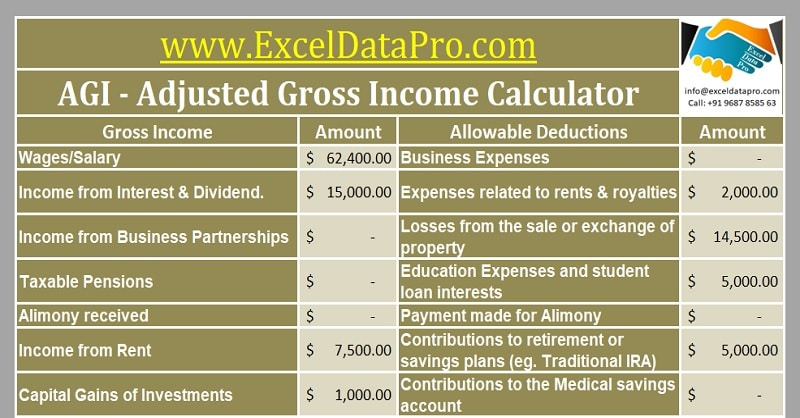Contributions to something like a traditional IRA can often be written off on a taxpayer's annual tax return. Some prerequisites must be met. It would help if you were employed to qualify and inherited, or Roth IRAs are not accepted. An annual maximum contribution deduction is established mainly by Internal Revenue Service (IRS).
Must Need To Know the Eligibility for the IRA Deduction
Eligibility for Deductions
Depending on the sort of IRA you intend to form, your contributions may or may not be tax deductible. Roth IRA contributions are never tax deductible because earnings and distributions from the account are tax-free. Your Roth IRA contributions are subject to income tax in the year they are made. The second factor to consider is whether or not you had coverage through an employer-sponsored plan throughout the year. On your W2, your employer will mark the "retirement plan" box if you participated in a retirement plan. As a result, you may be unable to deduct as much money from your IRA.
Your annual salary is the third factor to think about. The percentage of your adjusted gross income that you can deduct as an IRA contribution is subject to annual review by the Internal Revenue Service. A person's MAGI, not their AGI, will determine their eligibility for certain benefits (AGI).
Contribution Eligibility
You could deduct Traditional IRA contributions if you earned eligible to pay and are under 7012. An IRA controller (or their partner if filing simultaneously) must have earned money to contribute. Alternatives to traditional wages and salaries include commission, self-employment income, including nontaxable military combat pay. At the beginning of the year a person turns 7012, they are no longer eligible to contribute to something like a Traditional IRA due to the age requirement. To help assess eligibility, IRA owners can fill out a contribution form, like Ascensus' Traditional IRA Participation Eligibility form.
Contribution Limit

Participants may contribute up to the annual statutory maximum ($5,500 in 2017 and 2018, plus an extra $1,000 catch-up contributions if age 50 or older). For purposes of the yearly contribution limit, an IRA owner's Traditional IRA expenditures are added to their Traditional Ira contribution, if any.
Active Participation
An "active participant" is someone who is either contributing to or getting benefits from a workplace retirement plan. A person's participation is reflected on their W-2 or Wage and Tax Statement if they were actively involved in the activity. If he is an equal partner within one of the management of the business for any portion of the year, he should mark the Retirement plan in Box 13. Pension plans, profit-sharing schemes, and 401(k) s are all examples of retirement programmers that meet the criteria to be considered "qualified."
- Annuity contract or 403(b) trust account
- Tax-advantaged Savings and Retirement Program (SEP) for Workers
- Individual Retirement Account (IRA) with a Matching Incentive for Savings (SIMPLE) Strategy for Employees of Smaller Employers
Any plan (other than a 457(b) plan) established for the benefit of workers of any level of government (federal, state, or local) or any agency or instrumentality thereof.
Adjusted Modified Gross Income

A person's ability to deduct their IRA contributions will change depending on their modified adjusted gross income (MAGI) if they are an accomplice or married to something like an active participant. Adjusted gross income (AGI) is the number that remains after subtracting the amount that can be deducted for a Traditional IRA contribution (and possibly other minor modifications) for most people. One can find a handy calculator for calculating MAGI and IRA owners' deductions in Publication 590-A. The remaining balance of the IRA commitment up towards the statutory maximum may be deducted if the participant's MAGI is less than or equal to the minimum level. A deduction is not allowed if an individual's MAGI exceeds the limit.
Conclusion
Your contributions are fully deductible up to the annual maximum if your income is within the thresholds established for the year and you do not have any other retirement accounts. Don't give this up on retirement savings just because you don't meet the tax requirements for the deduction. The reason is that even if you don't qualify for a tax deduction on your contribution, your money will still grow tax-free in a conventional IRA until you withdraw it.




